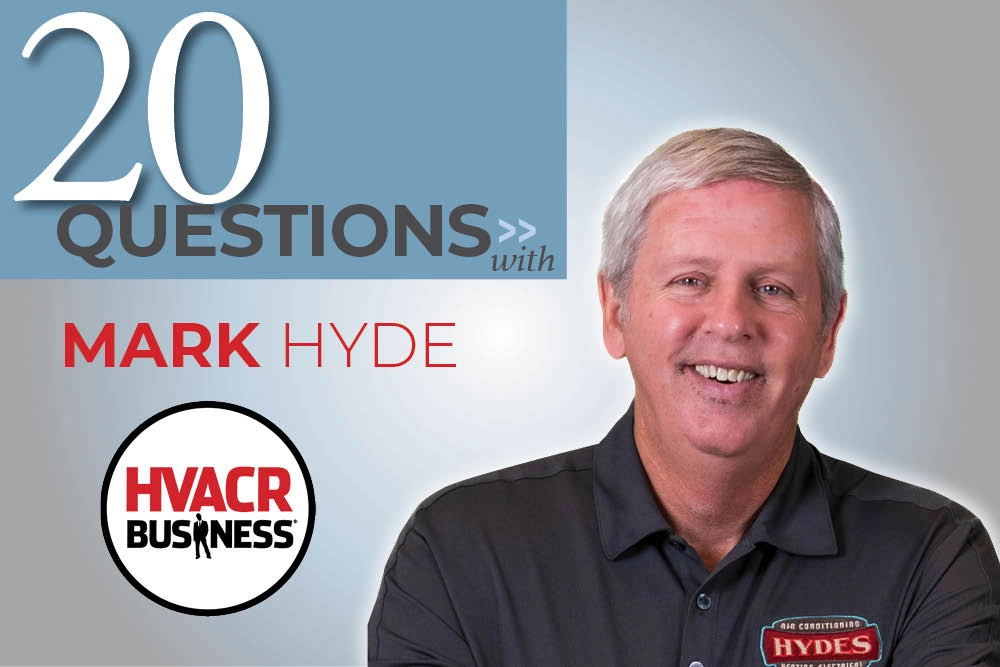Last month’s cover story, Advance Sales Via The Web, gave you a great blueprint for a Web site. And I hope it gave you a few ideas on how to improve your Web presence. The importance of being on the Web cannot be overstated.
Indeed, Americans spend an equal amount of time watching TV as they do surfing the Web (about 14 hours a week).
Having a good Internet platform is easy and relatively inexpensive: 25 pages for $5,000 to $6,000. And as mobile phones, PDAs and other devices become more effective and efficient at helping users surf the Web, it will only add to the importance of Web marketing — especially when it comes to reaching younger buyers.
For those of you who don’t have Web sites, it’s time to take your head out of the sand. If buyers can’t find you on the Web, you don’t exist. After all, there is a reason that Google’s market capitalization is $159 billion and Microsoft is offering Yahoo! $44.6 billion – people search for information on the Internet.
Why would Microsoft be willing to spend that kind of money for Yahoo!? Because research has shown that 70% of all purchases are being researched on the Internet before the acquisition is made. Consumers want to be informed before they speak with you, and the best way for them to do that is to visit your Web site. And face it, many of those searches are being performed by folks with an immediate need for your products and services.
You won’t have much time to make an impression with them either. Ninety percent of Internet visitors will view a Web site for 30 seconds. The exceptions are news, sports and adult sites. So, you’ve got roughly 30 seconds to accomplish five very important things. First, that your company is relevant and fits the buyer’s needs. Second, that your company is a credible source for supplying the product or service. This can be accomplished by showing certifications or memberships your company has. Third, brand recognition; have they seen your company before? Tie in other marketing and advertising you do to the Web site, even something as simple as the designs on your fleet vehicles. Fourth, make sure the image you want for your company is portrayed on your site and throughout all of your marketing communications. That’s the great thing about advertising and marketing — you create your own image. With the right creative and message, smaller companies can make themselves appear more substantial and sophisticated. Larger companies can simply take advantage of what already exits and show customers their expertise. Finally, make sure visitors can easily find your contact information. Nothing is easier. Put your contact information on the home page, don’t bury it. Nothing will make you lose a potential customer faster than frustrating them because they can’t find your phone number.
In the September 2006 issue of HVACR Business I introduced you to the Ishikawa Diagram or Fishbone. We received an incredible amount of feedback on it and judging from how many times the template has been downloaded from our Web site, it continues to be a popular management tool. I thought I’d diagram a Web site on the fishbone for you. You can take this into any Web designer to show them the types of pages you would like developed. Our suggestion is to develop roughly 20 pages for your site. More than that is probably unnecessary.
To download this diagram, visit: http://www.hvacrbusiness.com/DownloadCenter/200803/HVACR_fishbone.pdf





